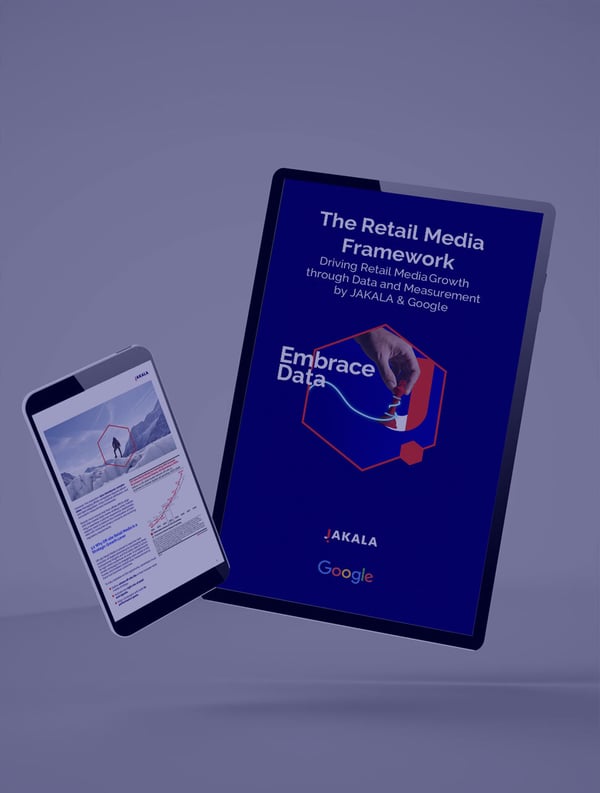The rise of artificial intelligence as an alternative gateway to information raises critical questions about the future relevance of traditional search engines in user journeys and, consequently, about the diminishing role of SEO.
This scenario leads to a particularly relevant question for emerging brands:
SEO and emerging brands: is it still an effective lever for awareness?
In this analysis, I focus on how the dynamics of online visibility are evolving, highlighting three particularly significant phenomena.
1) The growing role of external mentions in establishing authority
AI models and search algorithms are increasingly evaluating off-site signals to determine the authority of an entity. Mentions in articles, forums, social networks, and reviews now often carry more weight than on-site content. Publishing quality content on your own site is no longer sufficient — distributed authority is required.
A recent study by Ahrefs examining 75,000 brands estimated that, among various factors correlated with visibility in Google’s AI Overviews, mentions showed the strongest correlation (0.664), far surpassing traditional backlinks (0.218). Brands in the top 25% for web mentions receive up to 10 times more citations in AI Overviews than those in the next quartile. (Source: Louise Linehan via Ahrefs)
2) Decreasing effectiveness of traditional SEO for new brands
“Google tends to favor entities with a long-standing presence and significant digital footprint, which makes it harder for newcomers to break through.”
— Rand Fishkin, SparkToro
Search engines reward those with established reputations. This means that an emerging brand, even when producing high-quality and niche content, has limited chances of standing out if it lacks visible trust signals outside its own site.
3) Technical compliance as a lever for retention and conversion
“Search is becoming less about being discovered and more about being chosen — from among the few results or summaries the user sees.”
— Lily Ray, SEO Director at Amsive Digital
In a landscape where organic traffic is increasingly "qualified" rather than "voluminous," it becomes strategically essential to invest in site architecture, navigation, performance, and content that fulfill either informational or transactional needs.





